Imagine walking your dog down the street, only to feel people tense up or cross to the other side just because your pup has a blocky head and a big smile. It stings, doesn’t it? That’s the reality for so many pit bull owners—and honestly, it’s not fair. For decades, pit bulls have been stuck with a reputation that just doesn’t match their true personalities. Let’s pull back the curtain on these misunderstood dogs and uncover what’s really going on behind those soulful eyes.
The Power of a Label: Where Did the Fear Start?

Pit bulls weren’t always feared. In fact, they were once known as “nanny dogs,” trusted with children and beloved for their loyalty. But as years went by, media stories began to focus on isolated attacks, fueling a narrative that pit bulls are naturally dangerous.
This stereotype stuck, and soon, entire cities were banning pit bulls based on fear rather than facts. It’s a classic case of judging a book by its cover—without ever reading the real story inside. If you’ve ever seen the way a pit bull wags its tail when it sees its favorite person, you know there’s more beneath the surface.
Media Frenzy: Why Bad News Travels Fast

When pit bulls are involved in incidents, headlines explode with sensational stories. Sadly, this kind of coverage rarely happens with other breeds in similar situations. The result? Public perception gets skewed, and people start to believe all pit bulls are “bad news.”
What’s missing are the countless stories of pit bulls as loving family members or therapy dogs. Such stories don’t make the front page, but they’re happening every single day, right in our own neighborhoods. It’s a reminder that one dramatic headline doesn’t define an entire breed.
Understanding Pit Bull Body Language
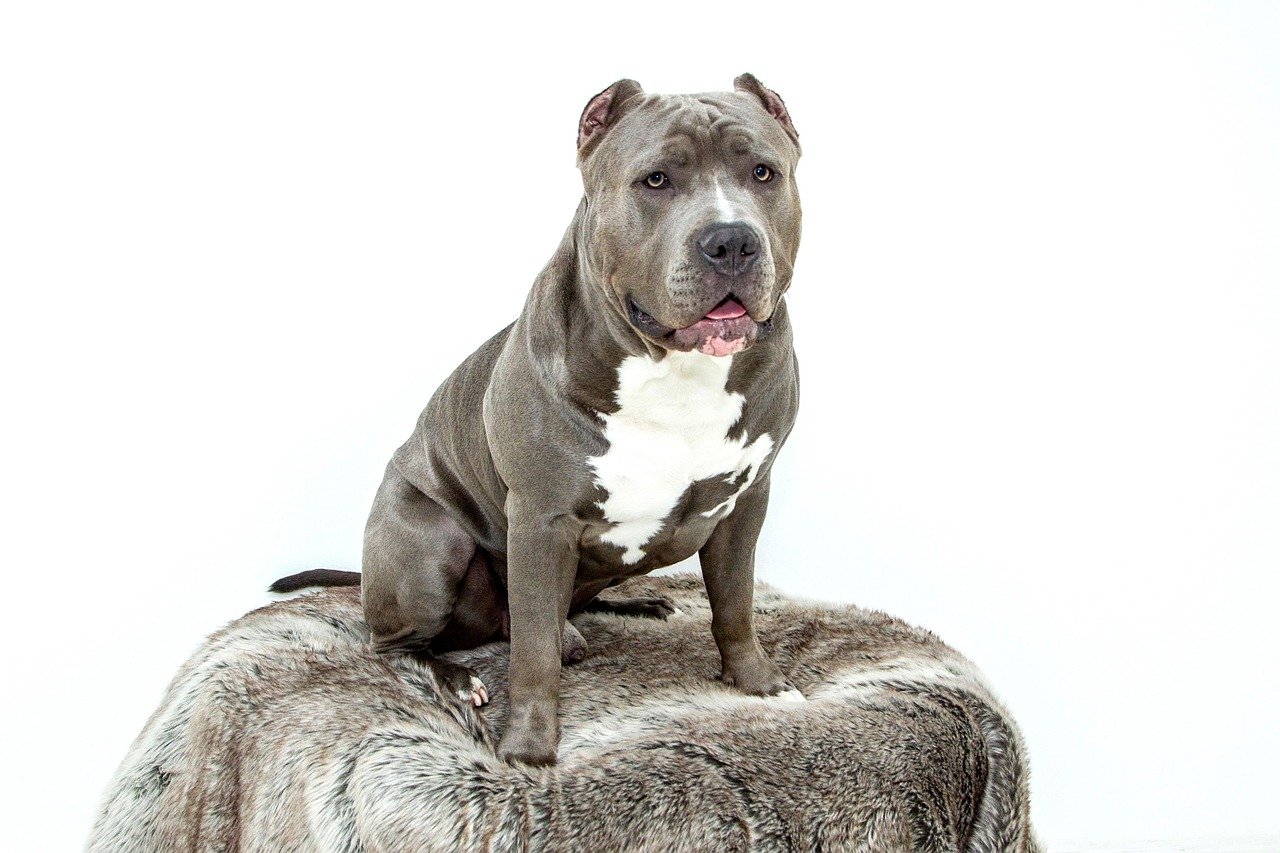
Pit bulls, like all dogs, communicate through body language. A wagging tail, loose body, and soft eyes usually mean a happy, relaxed dog. On the flip side, a stiff posture or tucked tail can signal discomfort or stress.
It’s important to learn your dog’s cues—sometimes excited play can look intense, but it’s really just enthusiasm. Getting to know these signals helps prevent misunderstandings and makes for a safer, happier home.
Health Matters: What Pit Bulls Need Most

Pit bulls are often energetic and athletic. They thrive on daily exercise and mental stimulation—think brisk walks, games of fetch, or puzzle toys. Without these outlets, any dog can become anxious or destructive, but pit bulls especially need to burn off their zest for life.
Regular vet visits are key, too. Watch for signs like limping, excessive scratching, or changes in appetite. Catching issues early keeps your pit bull feeling their best and helps fight the “aggressive” myth—because a healthy dog is a happy dog.
Breaking the Cycle: Responsible Ownership
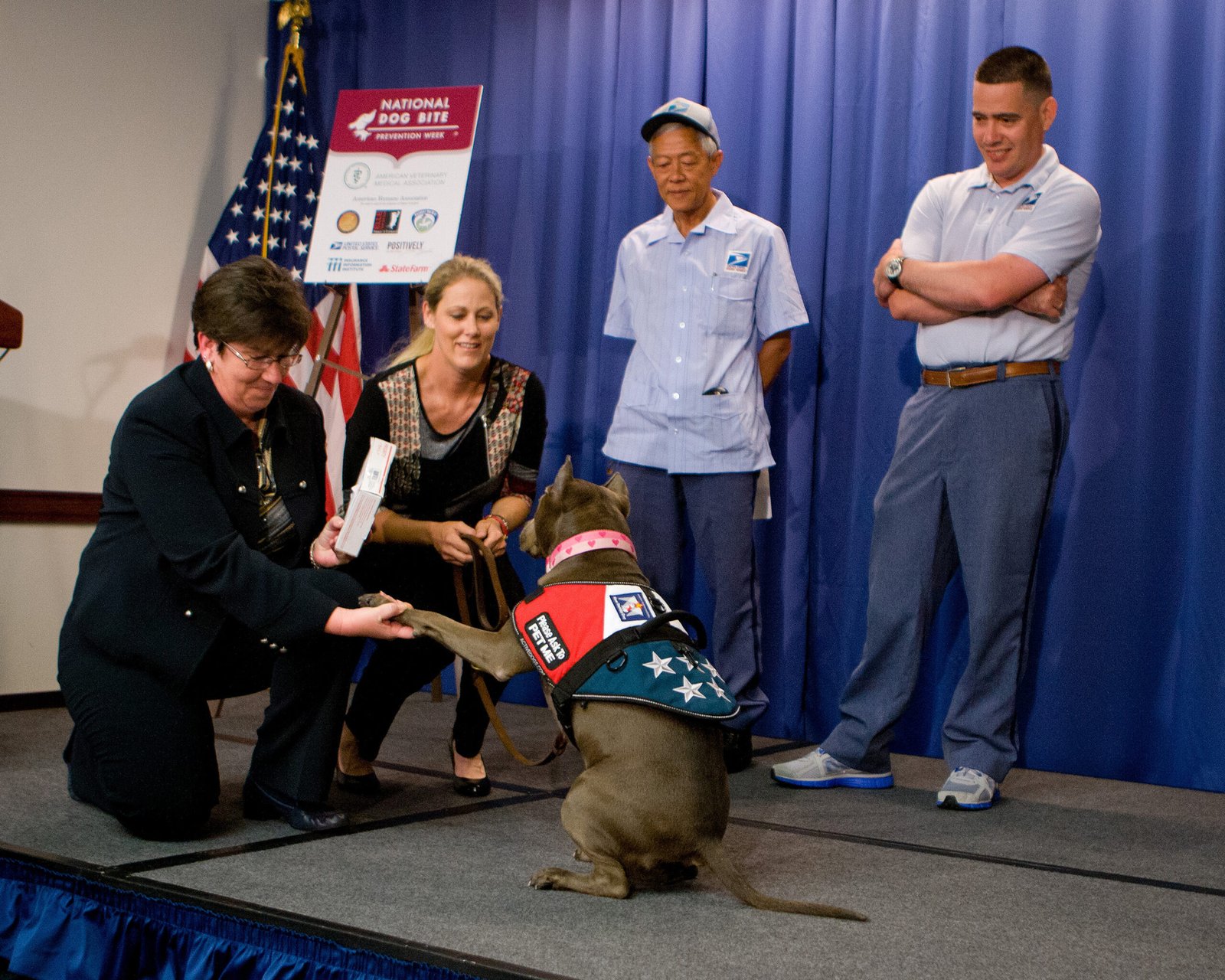
Owning a pit bull means being an advocate. Socialize your pup early with people and other dogs, exposing them to new sights, sounds, and experiences. Positive training methods work wonders—gentle guidance builds trust and confidence.
Prevention is powerful. Always supervise playtime, use sturdy leashes, and teach kids how to interact respectfully. The more we model good behavior, the more we help others see pit bulls for who they truly are.
Real-Life Heroes: Pit Bulls Changing Lives
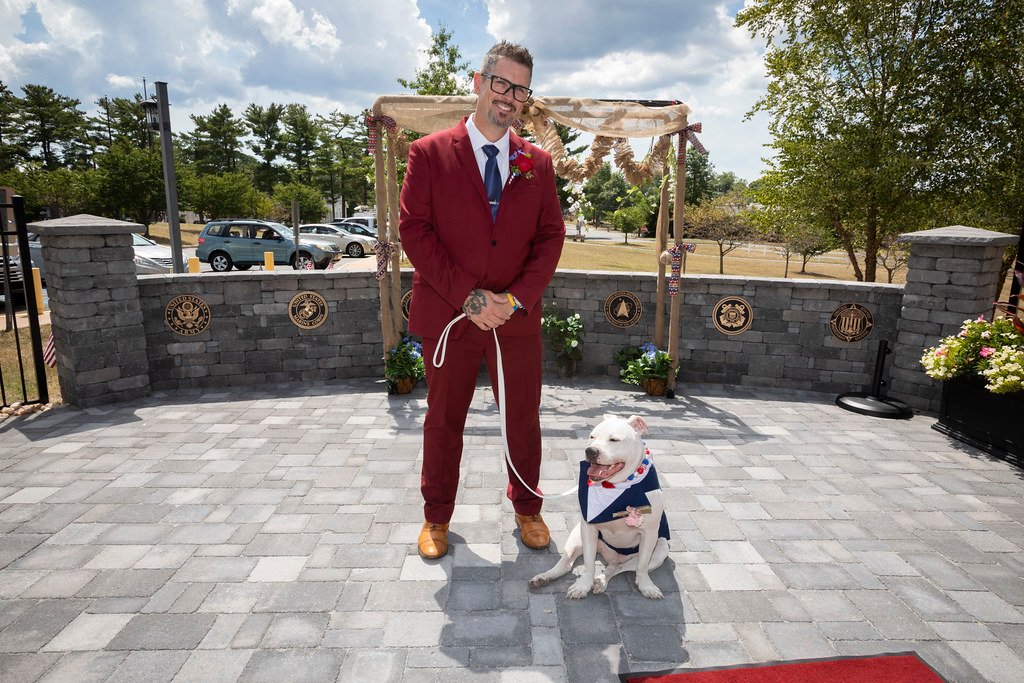
You’d be amazed how many pit bulls serve as therapy dogs, search and rescue partners, or loyal companions to kids with special needs. Their patience and empathy often surprise those who only know the myths.
These dogs save lives, give comfort, and break down barriers every day. If you’ve ever seen a pit bull gently snuggle up to a nervous child, you know they have a gift for love that can’t be faked.
Community Support: Standing Up for Pit Bulls
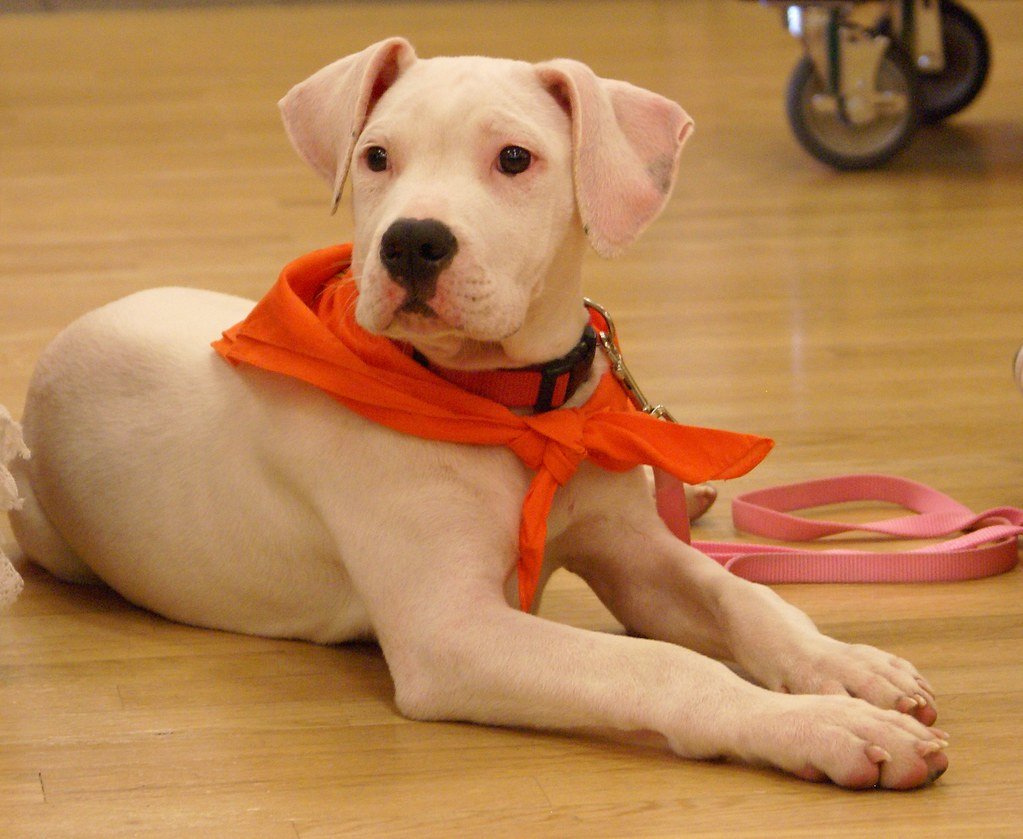
Pit bull owners often find a second family among other dog lovers. Sharing tips, support, and heartwarming stories helps change minds and challenge stereotypes. Even something as simple as a friendly “hello” during a walk can help others see your dog in a new light.
Rescue groups and advocacy organizations work tirelessly to educate the public and find loving homes for pit bulls in need. By getting involved, you become part of a movement that’s all about compassion and second chances.
Seeing with New Eyes: Empathy Over Fear
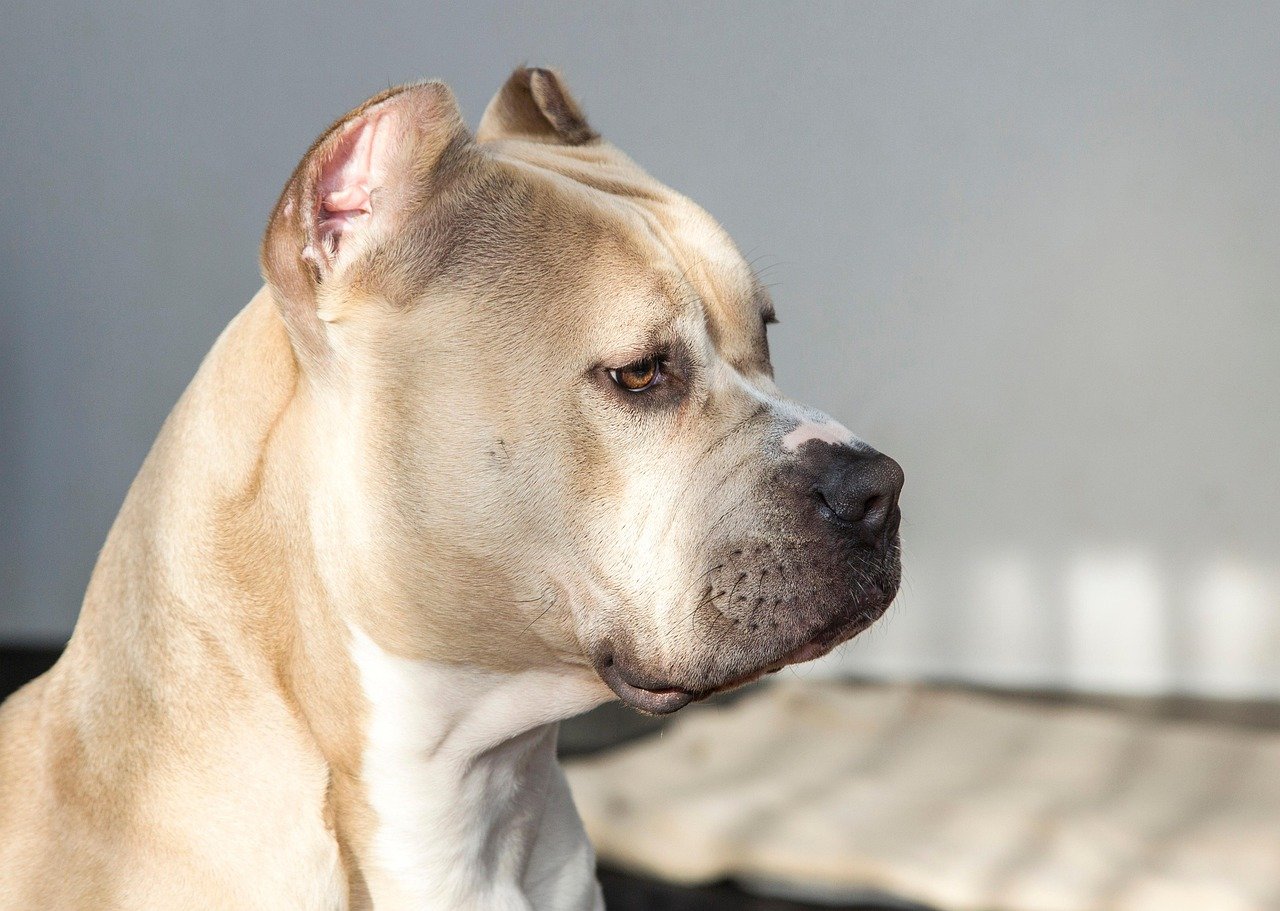
At the end of the day, pit bulls just want what every dog wants—a safe place, a loving family, and a chance to show who they really are. When we look past the label and meet them as individuals, it’s impossible not to feel empathy.
Every wag, every cuddle, every goofy grin is proof that pit bulls are more than a stereotype. They’re our friends, our protectors, and often, our greatest teachers in love and resilience.

Alex is a born and raised Capetonian with a strong love for animals and the outdoors. She is a Third-year veterinary student at the University of Pretoria in South Africa. She also completed a BSc in Animal Science at Stellenbosch University, where her passion for working with animals only strengthened. She has always surrounded herself with animals and has been fortunate enough to work closely with them.






